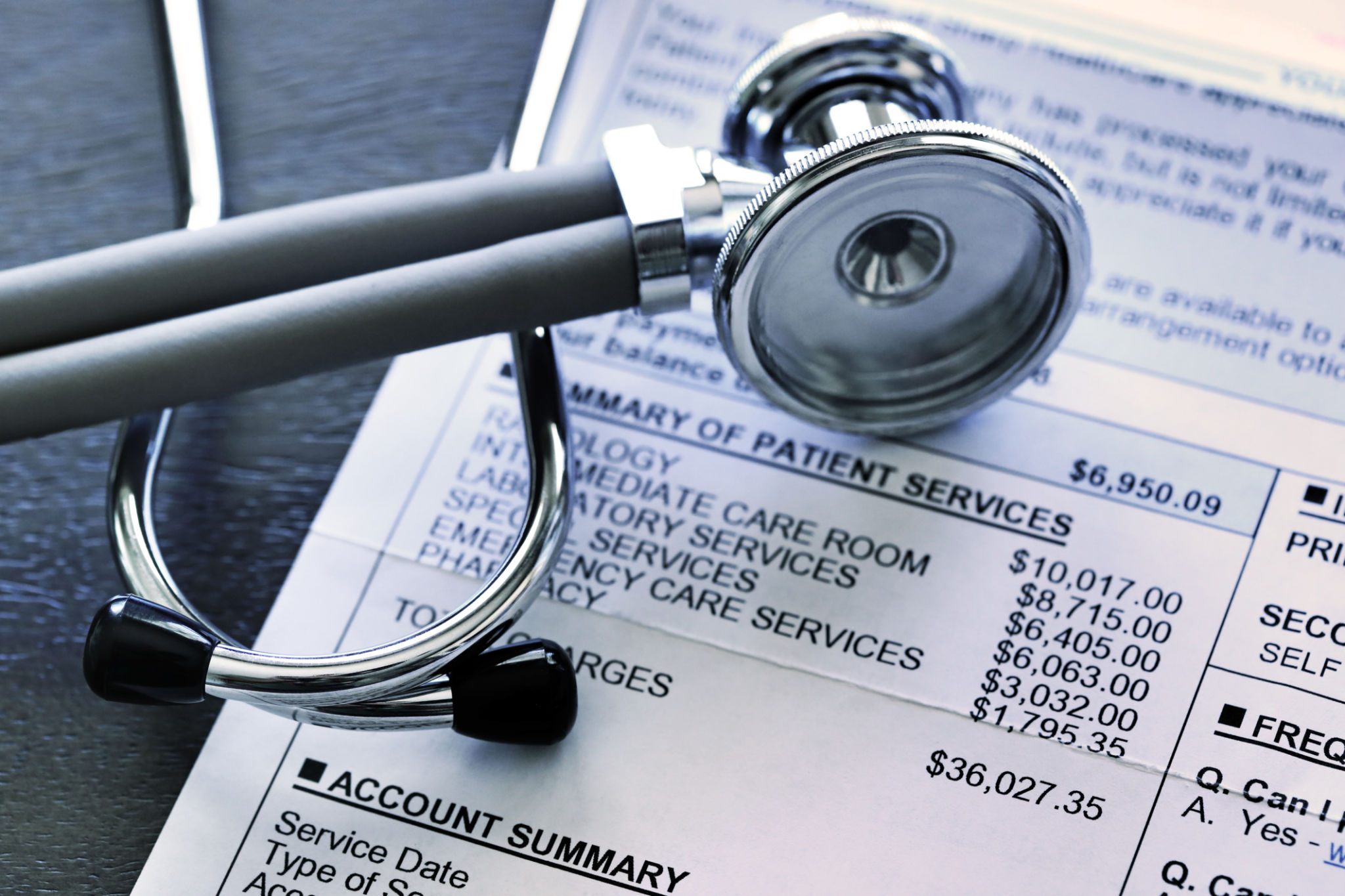Demystifying Medical Billing: A Beginner's Guide for Healthcare Providers
Understanding the Basics of Medical Billing
Medical billing is a crucial component of the healthcare industry, yet it remains a mystery to many healthcare providers. At its core, medical billing is the process of submitting and following up on claims with health insurance companies to receive payment for services rendered by a healthcare provider. This complex process can often be overwhelming, especially for those new to the field.
For healthcare providers, understanding the intricacies of medical billing is essential for ensuring timely payments and maintaining a steady cash flow. Without efficient billing practices, providers may face delayed or denied reimbursements, which can impact the financial stability of their practice.

The Medical Billing Workflow
The medical billing process begins with patient registration, where important information such as personal details and insurance information is collected. This step is vital for ensuring that claims are submitted accurately and without delays.
After registration, the healthcare provider delivers the necessary services, and the details are documented in the patient's medical records. Accurate documentation is crucial as it forms the basis for the billing process. Common services and procedures are coded using standardized codes, such as CPT or ICD-10 codes, to ensure consistency and accuracy in billing.

Key Steps in the Billing Process
- Charge Entry: The documented services are entered into the billing system with appropriate codes.
- Claim Submission: Claims are compiled and submitted to insurance companies electronically or via paper claims.
- Payment Posting: Once claims are processed, payments from insurance companies are recorded.
- Denial Management: Any denied or rejected claims are reviewed and appealed if necessary.
Common Challenges in Medical Billing
Despite a structured workflow, medical billing can present several challenges that healthcare providers need to be aware of. One common issue is claim denials, which can occur due to various reasons such as coding errors, incomplete information, or discrepancies in patient data.
Another challenge is staying updated with ever-changing insurance policies and regulations. Insurance companies frequently update their policies, which can affect how claims are processed and reimbursed. Healthcare providers must remain informed of these changes to avoid disruptions in their billing procedures.

Tips for Effective Medical Billing
- Invest in Training: Regular training for staff on coding practices and insurance updates can reduce errors and improve efficiency.
- Utilize Technology: Implementing modern billing software can automate many processes, minimizing manual errors and speeding up claim submissions.
- Conduct Regular Audits: Periodic audits of billing practices can help identify areas for improvement and ensure compliance with industry standards.
The Importance of Partnering with Professionals
For many healthcare providers, managing medical billing in-house can be a daunting task. Partnering with professional medical billing services can alleviate this burden, allowing providers to focus on patient care while experts handle the complexities of billing.
These specialized services offer expertise in navigating insurance policies, managing denials, and ensuring maximum reimbursement for services provided. By outsourcing billing tasks, healthcare providers can also reduce overhead costs associated with training and maintaining an in-house billing team.

